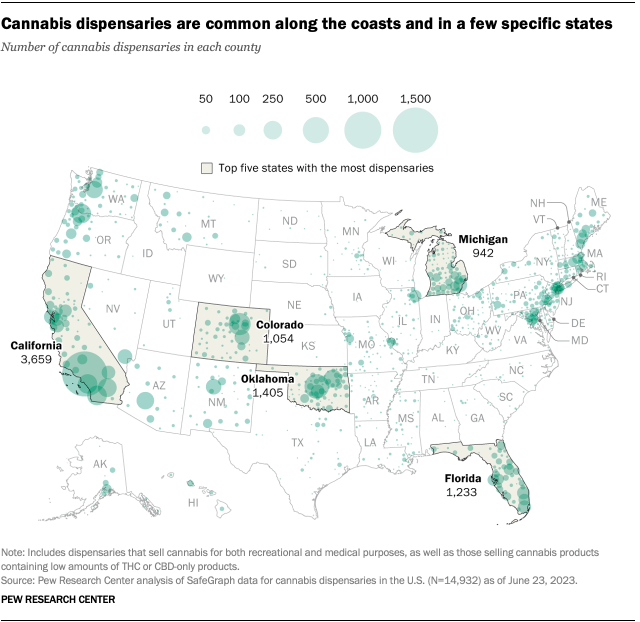Истакнути
- Преузми линк
- X
- Имејл адреса
- Друге апликације
5 Facts About Americans and Marijuana: Understanding Trends and Attitudes
 |
Marijuana, once taboo, is increasingly becoming a topic of discussion and debate across the United States. As attitudes toward cannabis continue to shift, understanding the facts surrounding its use is essential. In this blog post, we'll explore five key facts about Americans and marijuana, shedding light on trends, attitudes, and implications for society.

Growing Acceptance and Legalization: In recent years, there has been a significant shift in public opinion regarding marijuana. According to surveys conducted by organizations like Gallup and Pew Research Center, a growing majority of Americans support the legalization of marijuana for both medical and recreational use. This trend has led to a wave of legislative changes at the state level, with many states legalizing marijuana for medical purposes and a growing number also legalizing it for recreational use.
Medical Marijuana: Changing Perceptions: One of the driving forces behind the push for marijuana legalization has been the recognition of its potential medical benefits. Research into the therapeutic effects of cannabis has shown promising results for conditions such as chronic pain, epilepsy, multiple sclerosis, and nausea associated with chemotherapy. As more states legalize medical marijuana and physicians become increasingly comfortable prescribing it, attitudes toward cannabis as a legitimate form of treatment are evolving.
Generational Divide: Attitudes toward marijuana vary significantly across different age groups. Younger generations, such as Millennials and Gen Z, tend to be more supportive of legalization compared to older generations like Baby Boomers and the Silent Generation. This generational divide reflects changing cultural norms and a growing body of scientific evidence highlighting the relatively low risks associated with marijuana use compared to other substances like alcohol and tobacco.
Economic Opportunities and Tax Revenue: The legalization of marijuana has not only changed social attitudes but also created significant economic opportunities. Legal cannabis markets have emerged, generating billions of dollars in revenue and creating thousands of jobs across various sectors, including cultivation, retail, and tourism. Furthermore, the taxation of marijuana sales has provided states with much-needed revenue for education, public health initiatives, and other essential services.
Remaining Challenges and Stigma: Despite the progress made in recent years, challenges and stigma surrounding marijuana persist. Marijuana remains illegal at the federal level, creating legal and financial obstacles for businesses operating in the cannabis industry. Additionally, there are concerns about potential negative effects of legalization, such as increased rates of underage use and driving under the influence. Addressing these challenges will require continued research, education, and responsible regulation.
Conclusion: The landscape surrounding marijuana in the United States is evolving rapidly, with shifting attitudes, changing laws, and emerging opportunities and challenges. By understanding the facts about Americans and marijuana, we can engage in informed discussions, shape effective policies, and ultimately contribute to a more nuanced and evidence-based approach to cannabis regulation and use.
- Преузми линк
- X
- Имејл адреса
- Друге апликације
Популарни постови
7 Health Benefits of Papaya: A Nutritional Powerhouse
- Преузми линк
- X
- Имејл адреса
- Друге апликације
Unlocking the Secrets to a Healthy Heart: Tips for Improving Heart Health
- Преузми линк
- X
- Имејл адреса
- Друге апликације
Коментари
Постави коментар